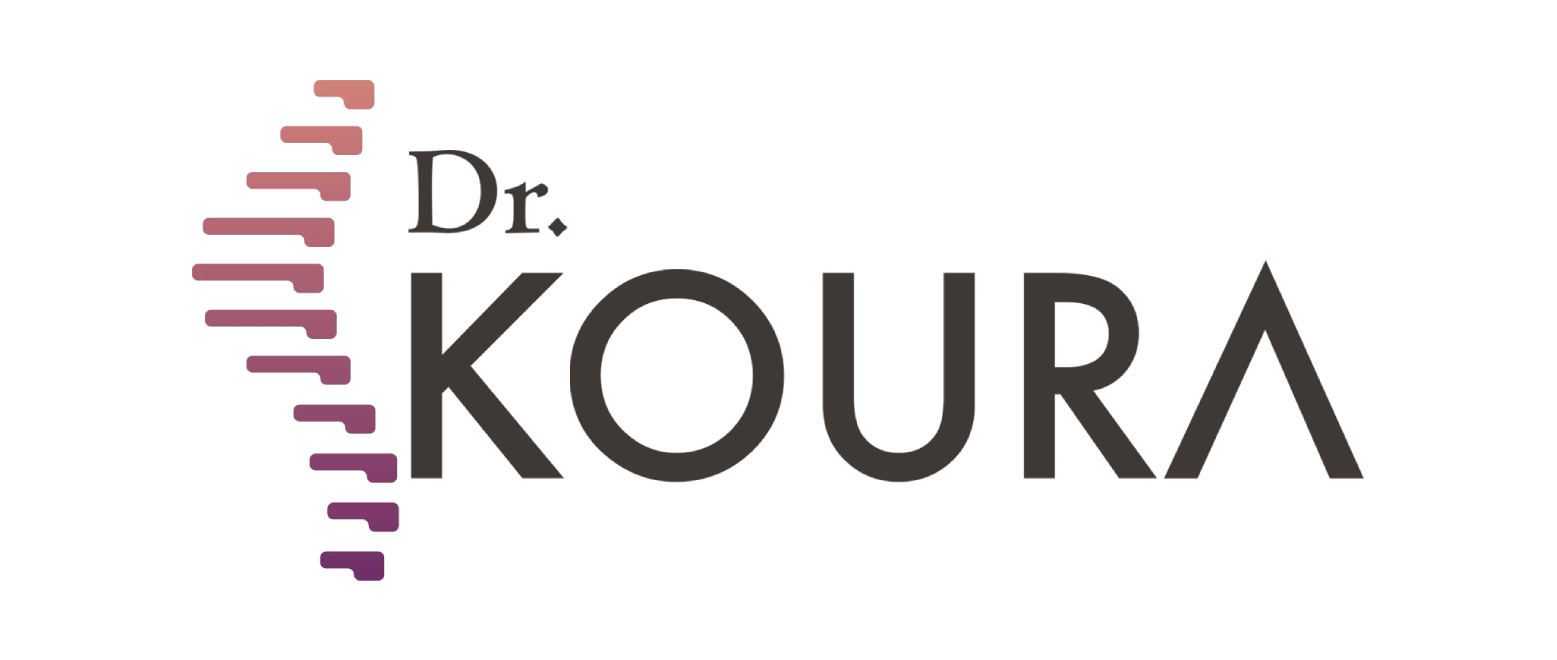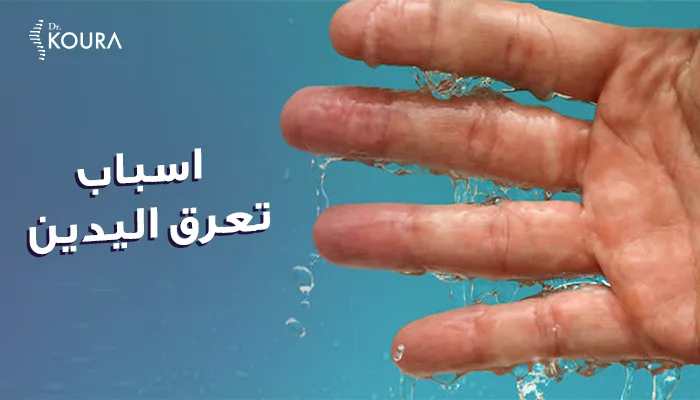Treatment of palmar and plantar hyperhidrosis
Definition of hyperhidrosis:
Some people get embarrassed while shaking hands due to persistent excessive sweating of their hands, without knowing the direct reason of their problem. Some people may experience this problem temporarily for a few hours because of tension or excessive anxiety from surrounding stressors, in these cases, sudden sweating is normal and not concerning at all. Excessive and persistent sweating without exposure to high temperature or severe stressors is a symptom of an internal disease that should be diagnosed and managed. Hyperhidrosis usually affects certain parts of the body like palms of hand or feet, axilla, face, lower neck or upper back. It can affect both males and females, young and old people. It can be due to multiple causes and its management should be specified to the diagnosis done by a specialized physician after performing investigations that help diagnose the problem, its causes and management.
Symptoms:
Hyperhidrosis mainly affects certain sites:
- Palm of hands.
- Feet.
- Axilla.
- Face.
- Lower neck and upper back.
Hyperhidrosis can affect any age and both sexes. It can be due to multiple causes and its management should be specified to the diagnosis done by a specialized physician after performing investigations that help diagnose the problem, its causes and management.
Causes of hyperhidrosis:
- Hyperactivity of sympathetic plexus in the thoracic region for hand sweating, and in the lumbar region for foot sweating.
- Hereditary factors: as heredity plays a large role in transmission of this critical condition to children.
- Some central nervous system diseases.
- Thyroid gland disorders, its hyperactivity and excessive secretion of some hormones, and hypersensitivity of heat centers in the brain or nerves supplying thyroid gland.
- Lack of some vitamins; due to unhealthy diet depending mainly on saturated fat and artificial or packed food, and lack of healthy diet rich in minerals and vitamins which are present in vegetables and fruit.
Lines of management of hyperhidrosis:
Management of sympathetic plexus hyperactivity by interventional radiofrequency ablation in the thoracic region for hand sweating and in the lumbar region for foot sweating is considered one of the most recent and best lines of management, while routine surgical resection of sympathetic nerves used to be the traditional management before, it was very difficult, with temporary results, and risky. Therefore, advancing to simple non-surgical intervention by radiofrequency ablation is a great achievement.
Management of hyperhidrosis by radiofrequency ablation:
Radiofrequency ablation:
It is a computerized technique, where radiofrequencies are sent through a needle directed to nucleus of the sympathetic nerve in the thoracic or lumbar region according to sweating area.
This minimally invasive intervention is performed inside the operation room and under local anesthesia and recommended sterilization measures, under guidance of interventional radiology device and takes about 20 minutes inside the operation room, then the patient goes back to his hospital room, and can be discharged home on the same day.
The patient will not feel real improvement before 2 weeks after performing radiofrequency ablation, he may intermit between improvement and pain and this is normal and shouldn't be a concern. The more the patient complies with rest at home during these 2 weeks and avoids noise, irritability and intense light, the more his potential for improvement.
Advantages of non-surgical management of hyperhidrosis:
Minimally invasive procedures are only called surgeries because they are performed inside the operation room; they are minimally invasive interventions without performing surgical cuts or incisions. They are safe, easy and simple, and don't take more than 30 minutes inside the operation room and are performed under local anesthesia. The patient may be discharged from hospital on the same day, returning back to his work and normal life as soon as possible, avoiding all risks of surgical operations.





 Egypt
Egypt